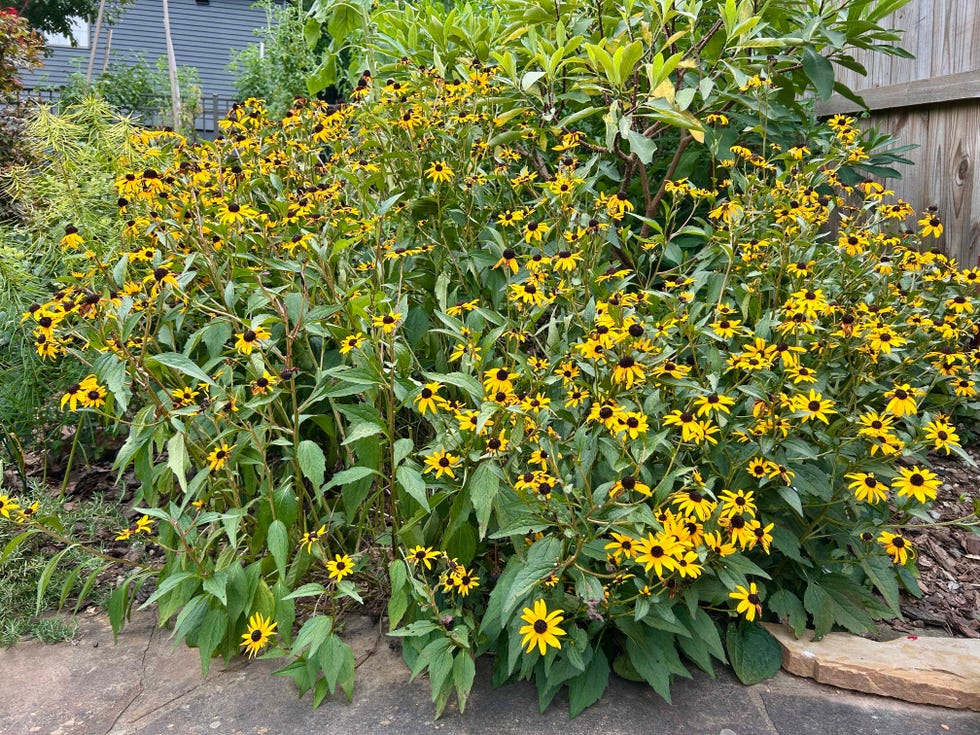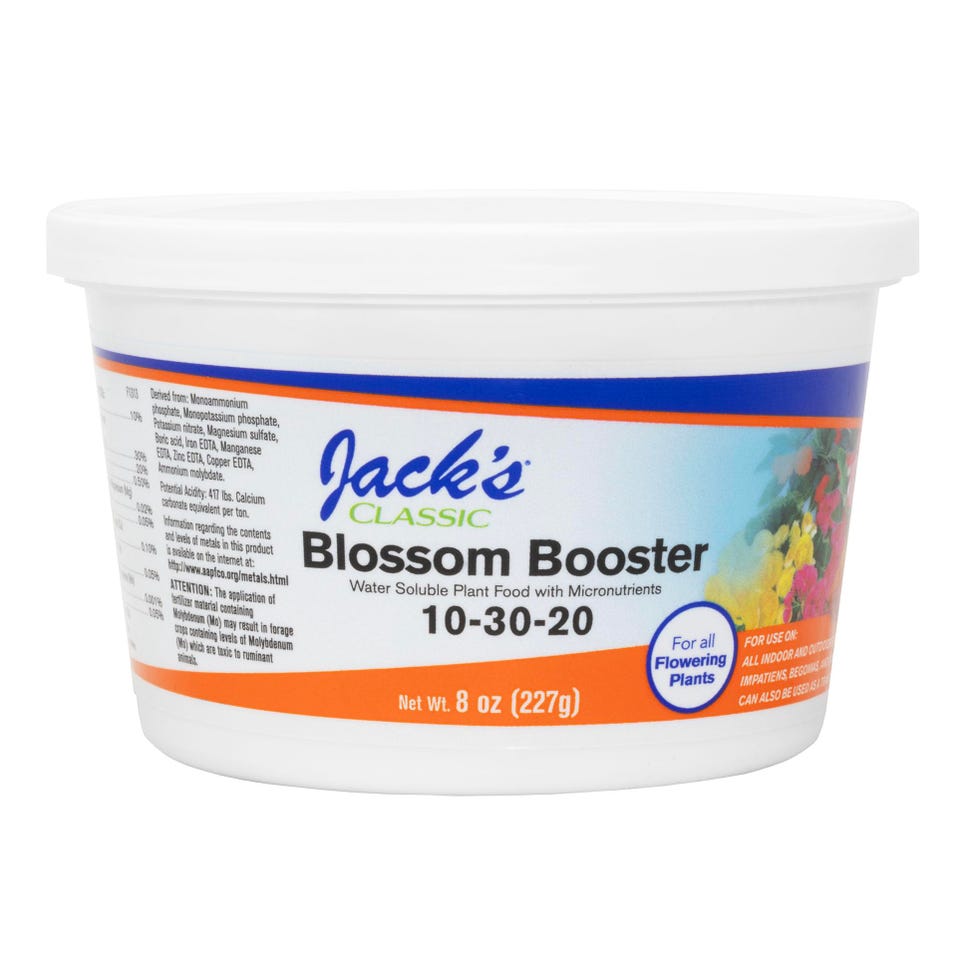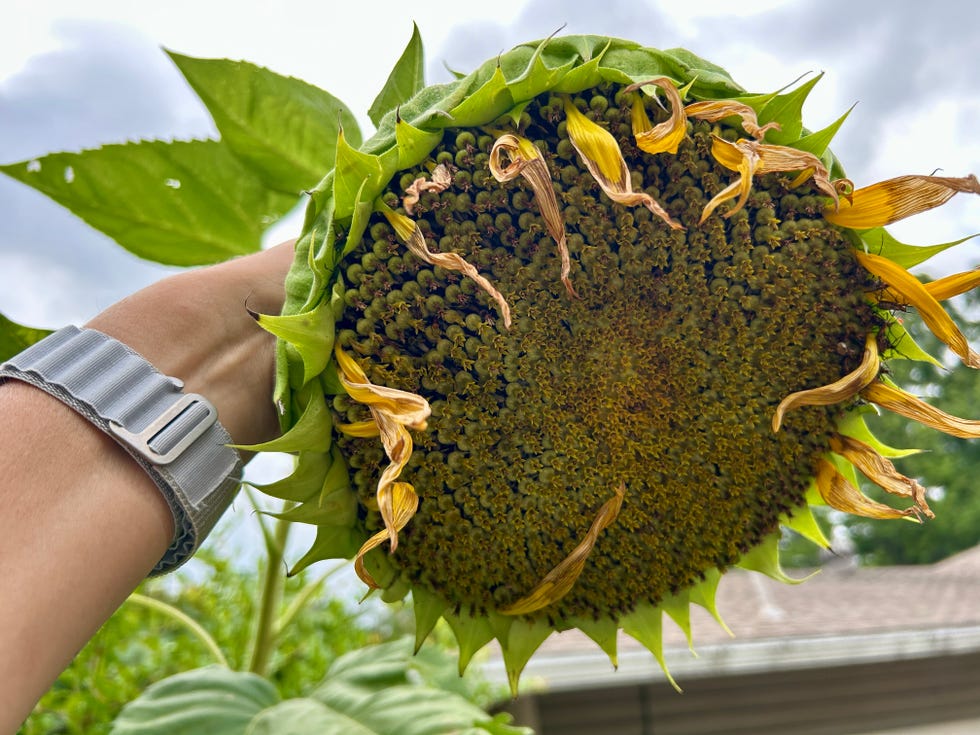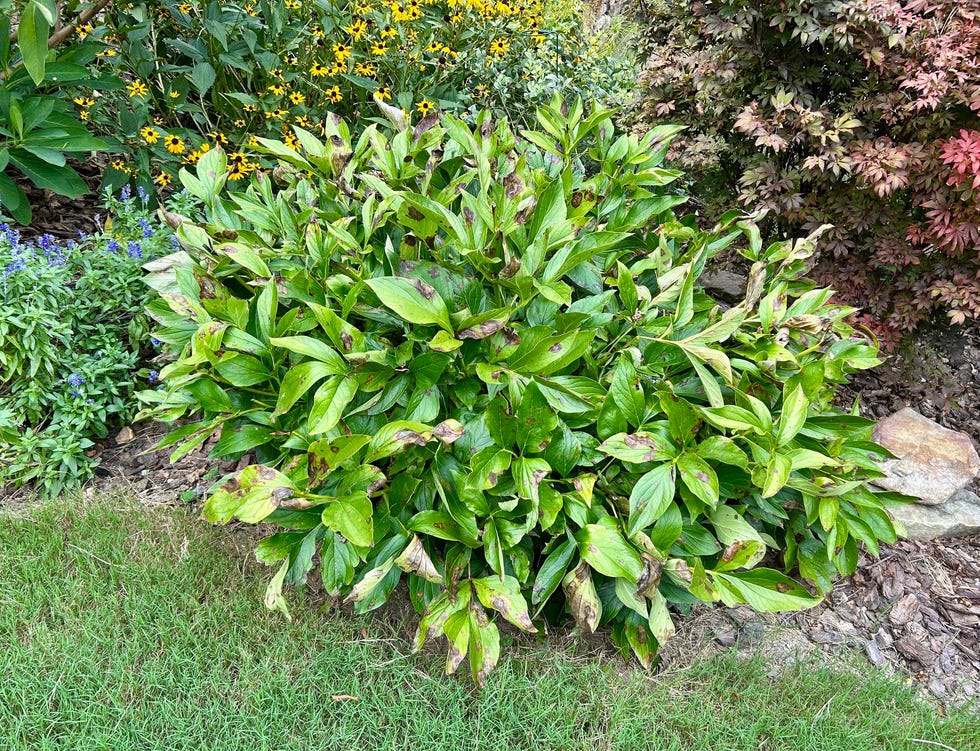To be honest, this past July, I did the absolute bare minimum in my garden. Between the heatwaves and high humidity, it was just too dang hot to spend much time outside. I think I only mowed the lawn once—and to be fair, it didn’t need much more than that because we barely got any rain for most of the month. I deadheaded flowers about once a week, mostly the ones I could reach easily, and watered the garden only as much as I could tolerate.
But now that we’re into August and the weather is beginning to ease up, I’m feeling much more motivated to get out there. Here are the main garden tasks I’ll be focusing on this month to keep everything looking good and growing strong.
Keep Deadheading Flowers
Charlyne Mattox for Country Living
This year, my Black-Eyed Susans (Rudbeckia hirta) and salvia have been putting on an incredible show—bursting with color and welcoming pollinators. To keep the momentum going, I’ll be continuing to deadhead regularly throughout August. Removing spent blooms encourages the plants to produce more flowers instead of setting seed, which can often signal the plant to slow down or stop blooming altogether.
I’m also making a point to keep my basil plants trimmed back. Regular pruning not only prevents them from flowering too early, but also encourages bushier growth. A fuller plant means more delicious leaves for harvesting, and more pesto stored in the freezer.
Continue to Feed Flowering Plants
As I mentioned earlier, a lot of my plants are still flowering prolifically, and I want to keep that going as long as possible. Fertilizing regularly is essential to maintaining that energy. For potted plants, I use a water-soluble fertilizer specifically formulated for containers, such as Jack’s Classic Blossom Booster.
Jack’s Classic Jack’s Classic 10-30-20 Blossom Booster

For plants growing directly in the ground, I prefer a slow-release balanced fertilizer like Osmocote (14-14-14), which provides nutrients over time without the need for frequent applications. Just be sure to follow label directions and water thoroughly after feeding. Feeding now helps plants store energy for the weeks ahead and supports healthy root development as the seasons begin to shift.
Prune Plants to Keep Them Tidy
After the burst of growth in spring and early summer, many of my plants are starting to look a little worse for wear. Between the dry spell in July and the relentless sun, some are leggy, sun-scorched, or even partially crispy. This month, I plan to give the whole garden a once-over and trim back any plants that have grown too tall or floppy.
I’ll also remove any dead or diseased foliage, which not only improves the look of the garden but also helps prevent disease and encourages fresh, healthy growth. Tidying up your plants can make a surprising difference—and it also gives you a chance to check in on everything up close.
Start Collecting Seeds
Charlyne Mattox for Country Living
This year, I experimented with sowing sunflower seeds in staggered batches, and it’s paid off beautifully. Now, some of the earlier blooms have faded and are ready for seed harvesting. Once the flower heads turn brown and dry, I snip them off and let them finish curing in a dry spot before saving the seeds.
Interestingly, I also left some of my lettuce plants in the ground when they bolted (which happens when they’re exposed to too much heat). They shot up to about 18 inches tall and produced flowers and then seeds. I’m planning to harvest and save those as well—it’s a fun bonus from being a little lazy. Sometimes, nature rewards a laid-back approach!
Replace Annuals
By mid to late August, many of my flowering annuals—like petunias, impatiens, and marigolds—are starting to look pretty tired. Rather than try to coax them along for a few more weeks, I’ll replace them with cool-season annuals that will thrive as fall approaches.
Some of my favorite replacements include pansies, snapdragons, and dianthus. These all tolerate cooler temperatures well, and in zones like mine in Alabama (USDA zone 7b to 8a), they’ll often bloom through the winter. While pansies and violas are the most cold-tolerant, snapdragons will keep going until the first hard frost, which here usually doesn’t arrive until late October or even early November.
Cut Back Peonies
Charlyne Mattox for Country Living
This peony is not quite ready to be cut back yet. I will probably wait until the end of the month.
My first peony emerges in early spring and puts out its big, frilly blooms around late April or early May. After that short but spectacular blooming period, the plant spends the rest of the summer producing foliage, which plays a vital role in nourishing the underground tubers for next year’s blooms.
By August, however, the leaves start to yellow, droop, and die back, making the plant look a bit messy. Once the foliage has begun to decline significantly, I’ll cut it down to ground level and discard the leaves. Cleaning up peonies at this stage helps prevent fungal issues and keeps the garden looking neater as we head into fall.
More Garden Advice for the Summer-Fall Transition


Comments are closed.